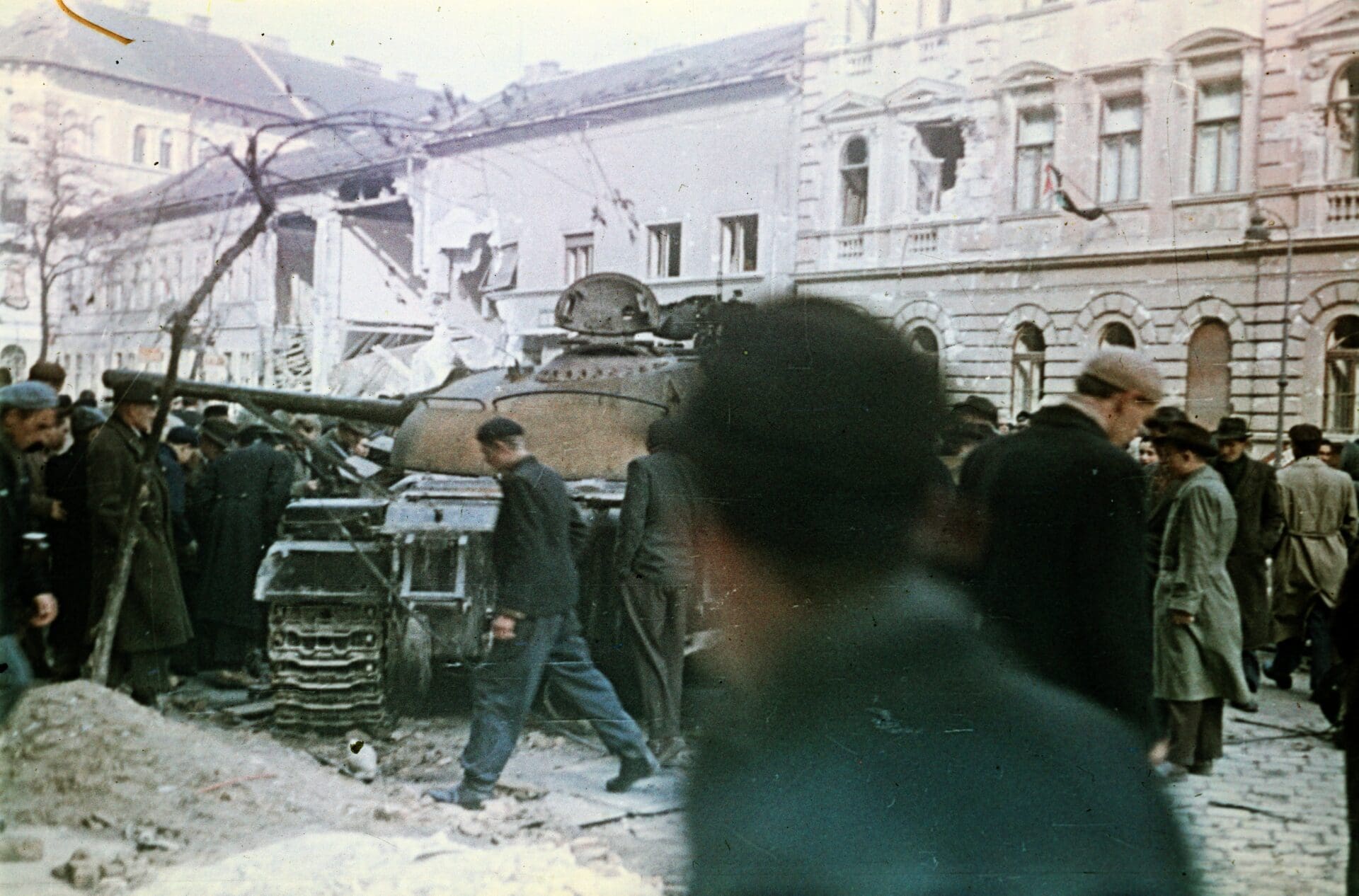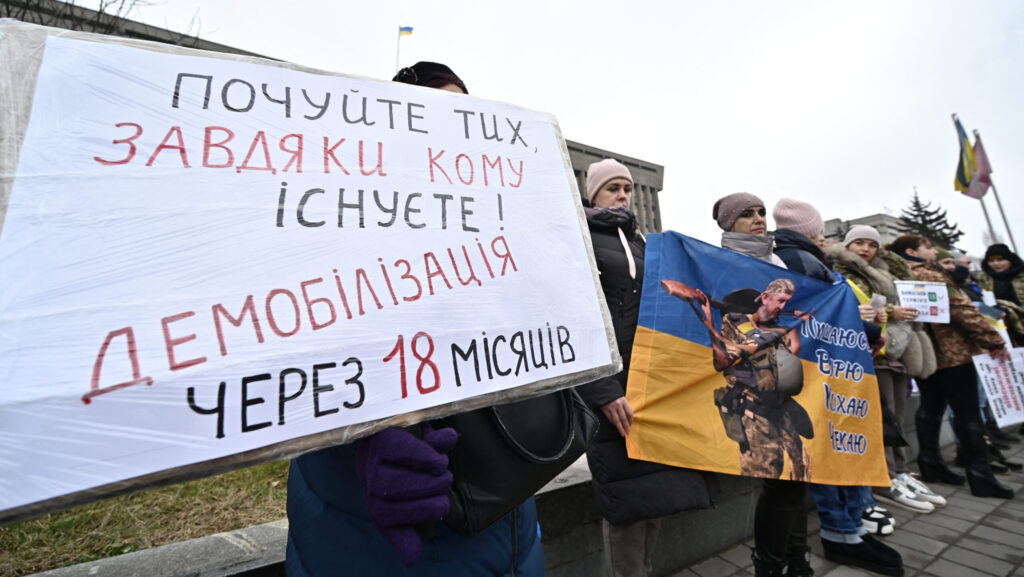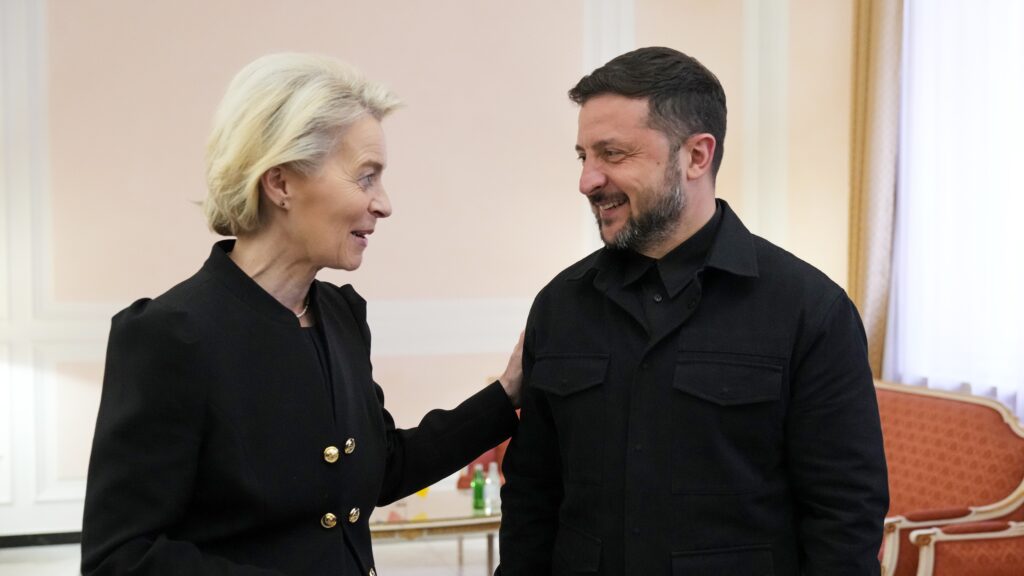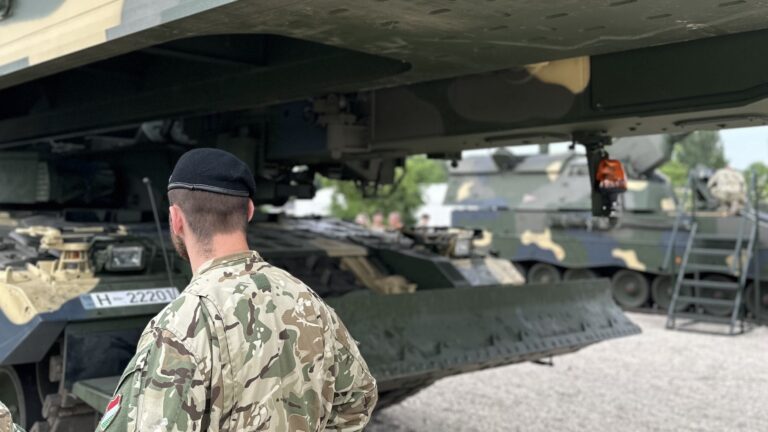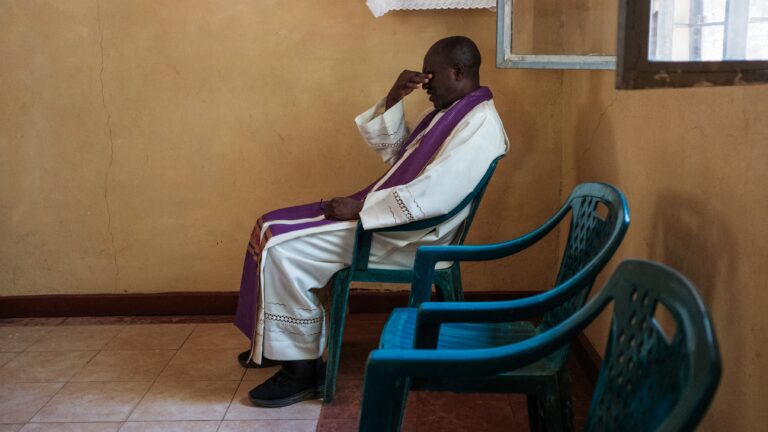The first major uprising against Communist rule in the Soviet occupied Central and Eastern Europe happened in Hungary in 1956. The heroic but ultimately failed revolution and freedom fight is the foundation of Hungary’s contemporary collective memory and the cornerstone of the country’s reputation abroad. 1956 is a testimony to Hungary’s thirst for freedom and self-governance, but also to its vulnerability to the world order. 1956 has served as an inspiration for generations of Hungarians to stand up for their rights and freedoms and battle against the oppression of totalitarianism. Heroes of 1956 such as Péter Mansfeld, who joined the revolutionaries at the age of 15, and the recently deceased Mária Wittner, a young mother at the time who did not fear death but picked up a gun and fought, teach Hungarian schoolchildren that the freedom and independence of our country depends on all of us, individually. We all have a duty to commit ourselves to truth and democratic norms to honour those who have sacrificed their lives for our freedom and prosperity.
But how did it all begin? A series of spontaneous protests, inspired by the events in Poland, shocked the Communist establishment in Hungary on 23 October 1956. Protesting students had drawn up a list of demands and marched to the building of the Hungarian Radio to have the demands read out on-air. However, their delegation was detained, and the Hungarian secret police, the ÁVH shot into the crowd of protestors. As the initially peaceful protests descended into violent street fights, the ruling Hungarian Workers’ Party lost ground and a new government was formed under the leadership of Imre Nagy. Imre Nagy was a prominent member of the Communist party, but for his criticism of Stalinist policies he had been marginalised. Albeit a dedicated Communist, Imre Nagy was seen as a reformer willing to challenge the status quo and bring about some changes that the protestors demanded. First, the new Prime Minister tried to negotiate peace, but as the freedom fight intensified, he bowed to the demands of the revolutionaries, abolished the one-party system, called for free and fair elections, and announced that Hungary intended to leave the Warsaw Pact.
On October 23, 1956, Hungary rose up against communist rule. It was the first armed revolution in the Eastern Bloc. The uprising was crushed and the return to democracy that had been fought for was delayed until its anniversary in 1989, when the Hungarian Republic was declared. pic.twitter.com/i56hWq50Pf
— Radio Free Europe/Radio Liberty (@RFERL) October 23, 2021
After the Prime Minister’s radical announcements, the Soviet Politburo felt compelled to respond violently and crush the protests, instead of allowing Hungary to leave its sphere of influence. On 4 November, only 12 days into the Revolution, Soviet tanks entered the capital city with the intent to repress the revolution at all costs. While all across Budapest spontaneous resistance groups were formed, they had no chance against a formidable enemy. The Prime Minister, Imre Nagy sought refuge at the Embassy od Yugoslavia, while Moscow’s new favourite, János Kádár started to prepare to take up the reins of government. Soon enough, he became Hungary’s all-powerful dictator for the next 30 years to come. In a sham trial, Imre Nagy was sentenced to death and unlawfully executed. A dark time of repression and retaliation followed, during which thousands were killed or imprisoned while as many as 200 thousand Hungarians fled the country.
Today Hungary 🇭🇺commemorates the 65th anniversary of 1956 Revolution. This was a day of fights and sacrifices, which paved the way for the freedom of all Hungarians. pic.twitter.com/gIA9YLdG7l
— Hungarian Delegation to NATO (@NATOHungary) October 23, 2021
Although the revolution failed in 1956, the ideals of the freedom fight survived. During the state socialist regime people preserved the memory of those who sacrificed their lives for Hungary’s freedom and once Hungary democratised, honouring and publicly remembering 1956 became an important mission for the country. In June 1989, the reburial of the martyred Prime Minister Imre Nagy became one of the mass events that contributed to the final delegitimisations of the state socialist establishment and therefore, to the collapse of the regime. The sins of the past were brought to light, and the repression and the brutal crushing of the freedom struggle could be finally freely commemorated. As the ultimate fulfilment of the goals of the revolution, Hungary was formally declared a democratic, multi-party republic on 23 October 1989, that is, on the 33rd anniversary of the Freedom Fight.
Related Articles:

